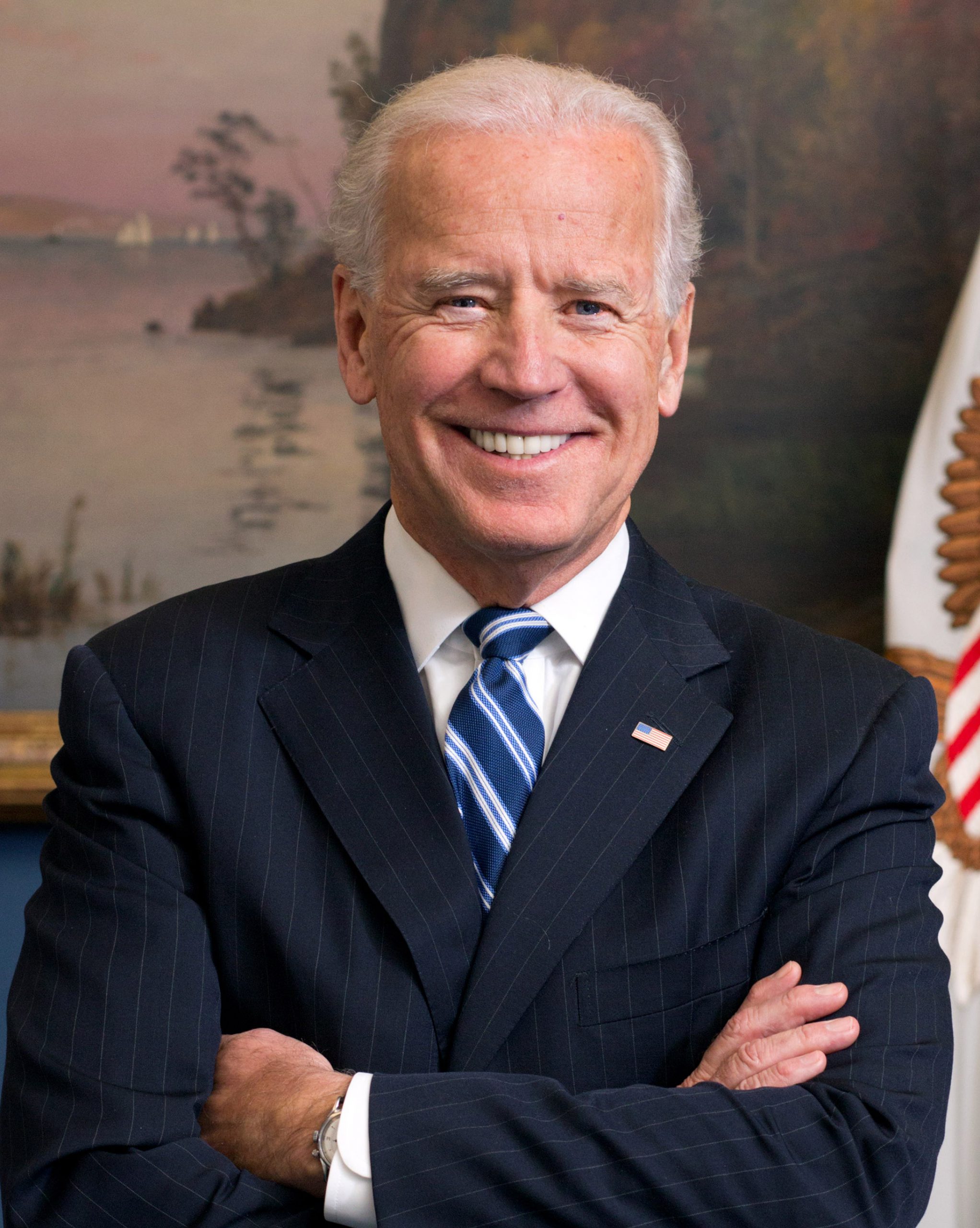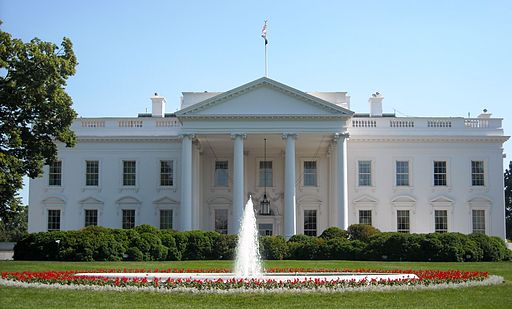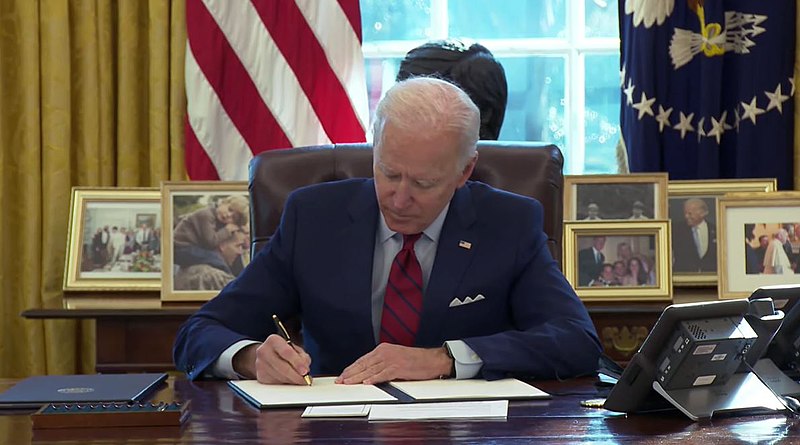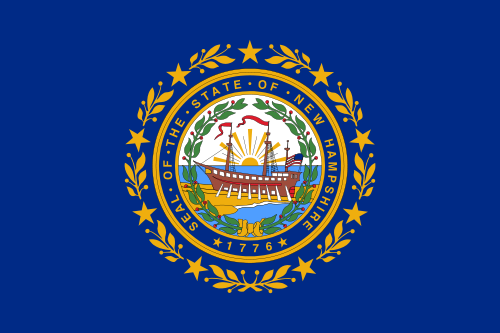Tag: Executive Order
-
Biden issues executive orders on contraceptives and military family employment in June

President Joe Biden (D) issued two executive orders in June, bringing his total number to 117. The two orders he issued in June were: Executive Order on Strengthening Access to Affordable, High-Quality Contraception and Family Planning Services (June 23, 2023) Executive Order on Advancing Economic Security for Military and Veteran Spouses, Military Caregivers, and Survivors…
-
Biden issued two executive orders in May on sanctions and coronavirus vaccine requirements

President Joe Biden (D) issued two executive orders in May, bringing his total number to 115. The two orders he issued in May were: Executive Order on Moving Beyond COVID-19 Vaccination Requirements for Federal Workers (May 9, 2023) Executive Order on Imposing Sanctions on Certain Persons Destabilizing Sudan and Undermining the Goal of a Democratic…
-
Biden issues four executive orders in April

President Joe Biden (D) issued four executive orders in April, bringing his total number to 113. The four orders he issued in April were: Executive Order on Authority to Order the Ready Reserve of the Armed Forces to Active Duty to Address International Drug Trafficking (April 27, 2023) Executive Order on Revitalizing Our Nation’s Commitment to…
-
New Hampshire governor signs executive order prohibiting ESG in state investments

New Hampshire Gov. Chris Sununu (R) signed an executive order April 11 directing state executive agencies to invest their funds based on expected financial returns (not based on ESG investing criteria), making the state the latest to push back against ESG in public investments. According to NH Journal: “Just weeks after the Biden administration imposed…
-
Gov. Maura Healey (D) ends COVID-19 public health emergency and vaccine mandate in Massachusetts (2023)

Massachusetts Gov. Maura Healey (D) on March 15, 2023, announced that Massachusetts’ COVID-19 state public health emergency will end on May 11, 2023, to align with the end of the federal public health emergency. The governor also announced that on May 11 she plans to rescind state Executive Order 595, which requires all executive branch…
-
Biden issued executive orders in March on firearm policy and cybersecurity

President Joe Biden (D) issued two executive orders in March, bringing the total issued in his presidency to 109. The two orders he issued in March were: Executive Order on Prohibition on Use by the United States Government of Commercial Spyware that Poses Risks to National Security (March 27, 2023) Executive Order on Reducing Gun Violence…
-
Governor Michelle Lujan Grisham (D) issues one executive order from Feb. 13-19

New Mexico Gov. Michelle Lujan Grisham (D) issued one executive order from Feb. 13-19. As of Feb. 19, Grisham has issued 18 executive orders in 2023—eight more than she did at this point a year ago. Governors use executive orders to manage executive branch operations. During the week of Feb. 13-19, the nation’s governors issued…
-
Governor Phil Murphy (D) issues five executive orders from Feb. 13-19

New Jersey Gov. Phil Murphy (D) issued five executive orders from Feb. 13-19. As of Feb. 19, Murphy has issued six executive orders in 2023—seven fewer than he did at this point a year ago. Governors use executive orders to manage executive branch operations. During the week of Feb. 13-19, the nation’s governors issued 14…
-
Seven states retain statewide mask requirements

Rhode Island Gov. Dan McKee (D) signed an executive order ending the statewide mask requirement for vaccinated and unvaccinated individuals on July 6. In accordance with CDC guidelines, vaccinated and unvaccinated people still have to wear masks on public transportation and at public transportation hubs (like bus stations and airports). Rhode Island was the only…
-
Biden signs 28 executive orders in first two weeks in office

President Joe Biden (D) signed 28 executive orders, 11 presidential memoranda, and five proclamations in his first two weeks in office. That is more executive orders than his three predecessors combined—Presidents Donald Trump (R), Barack Obama (D), and George W. Bush (R)—signed over the same period of time. Executive orders are directives written by the…

